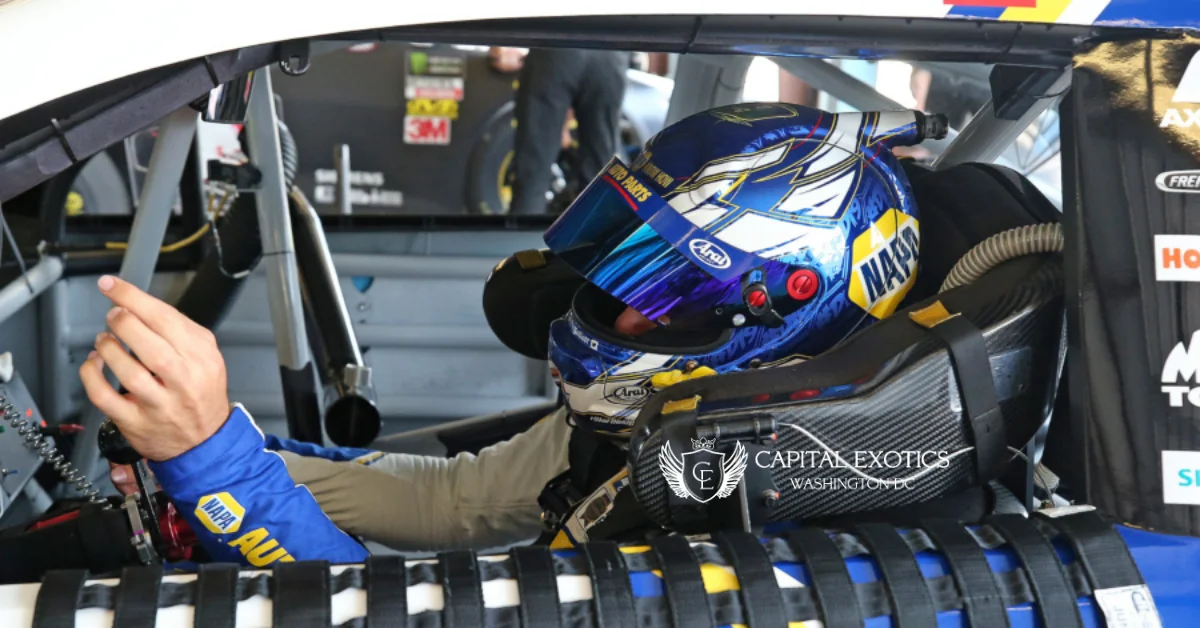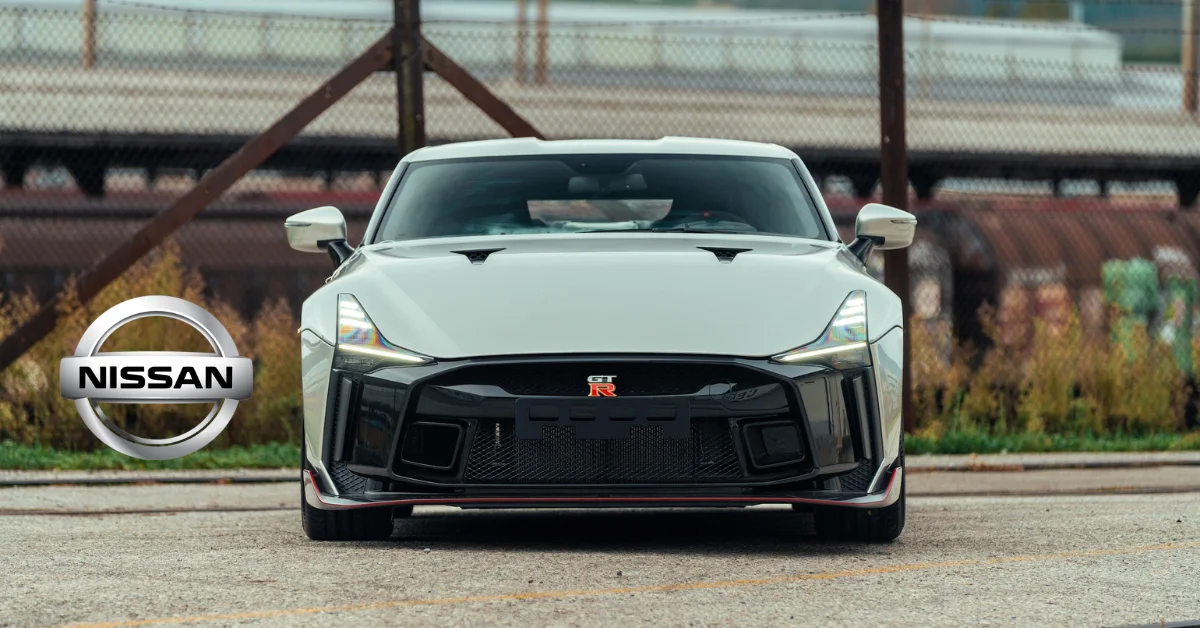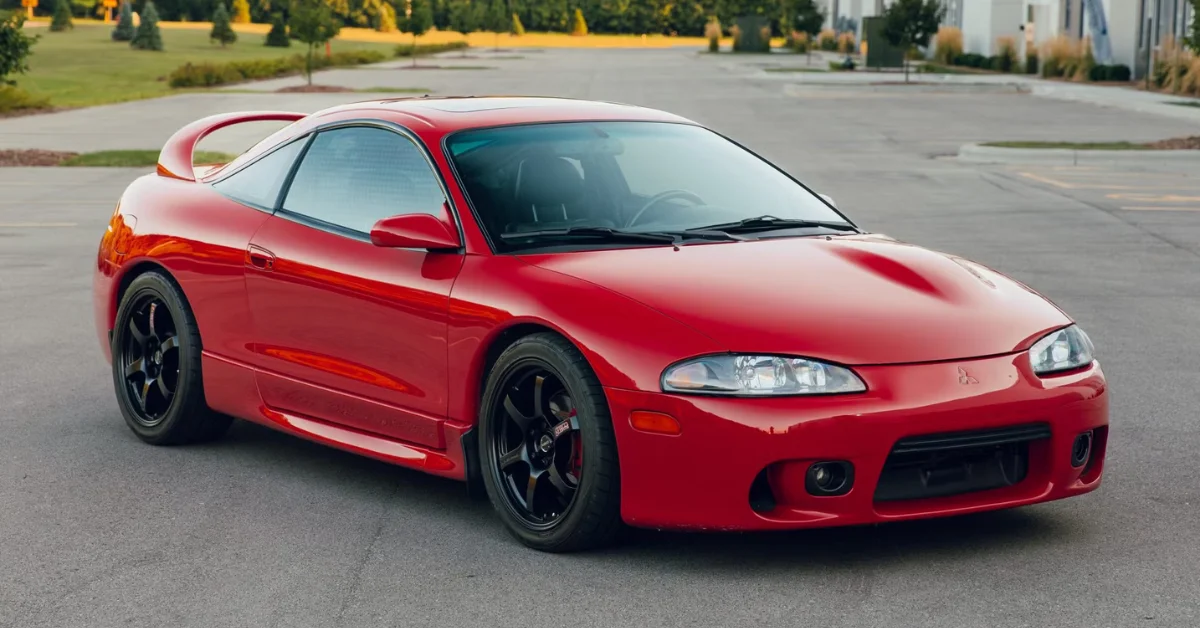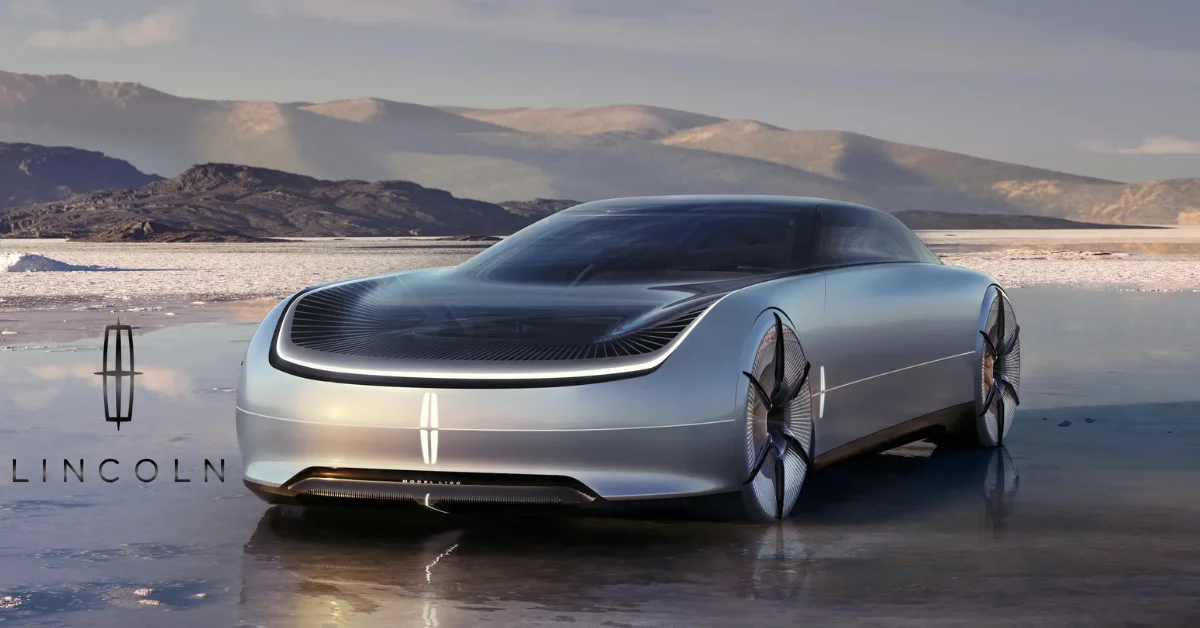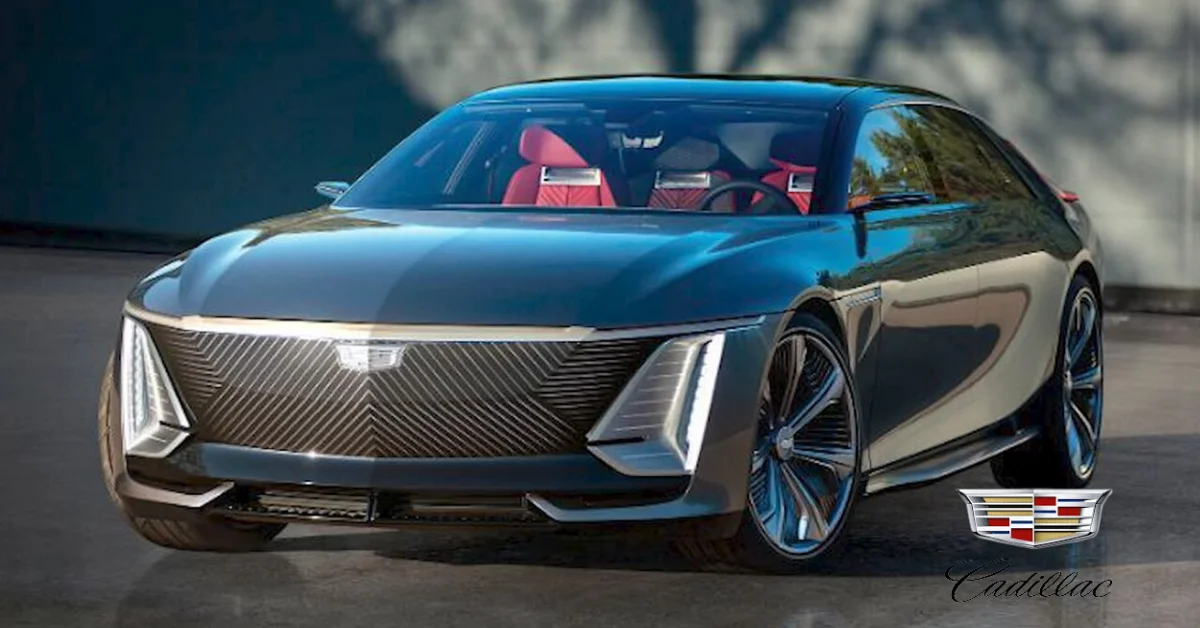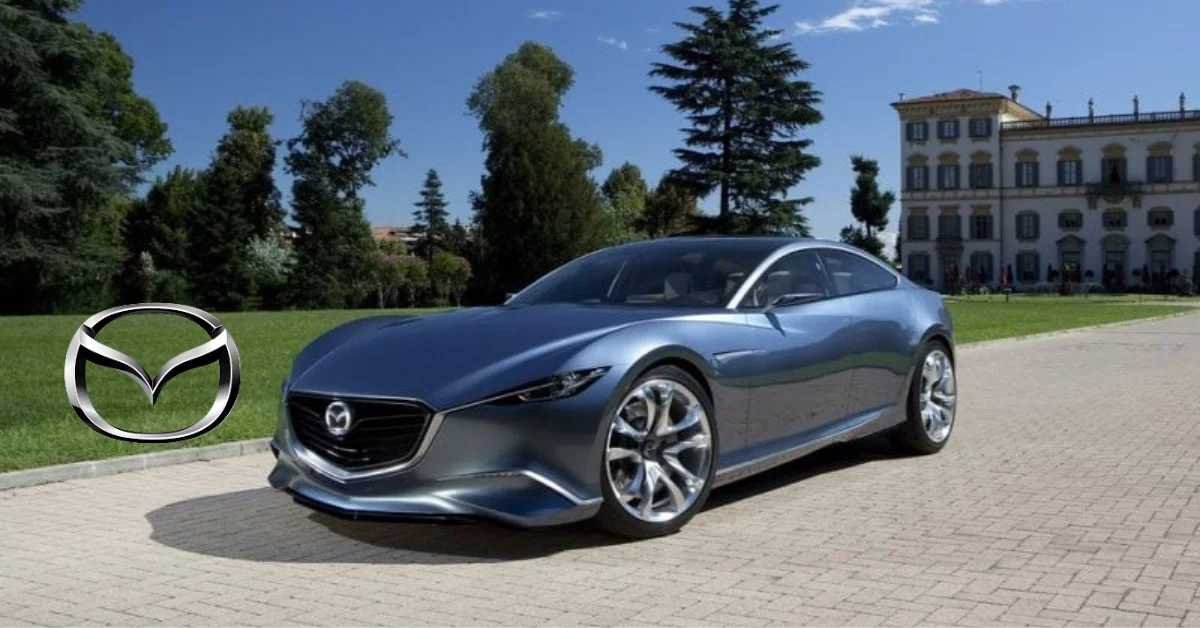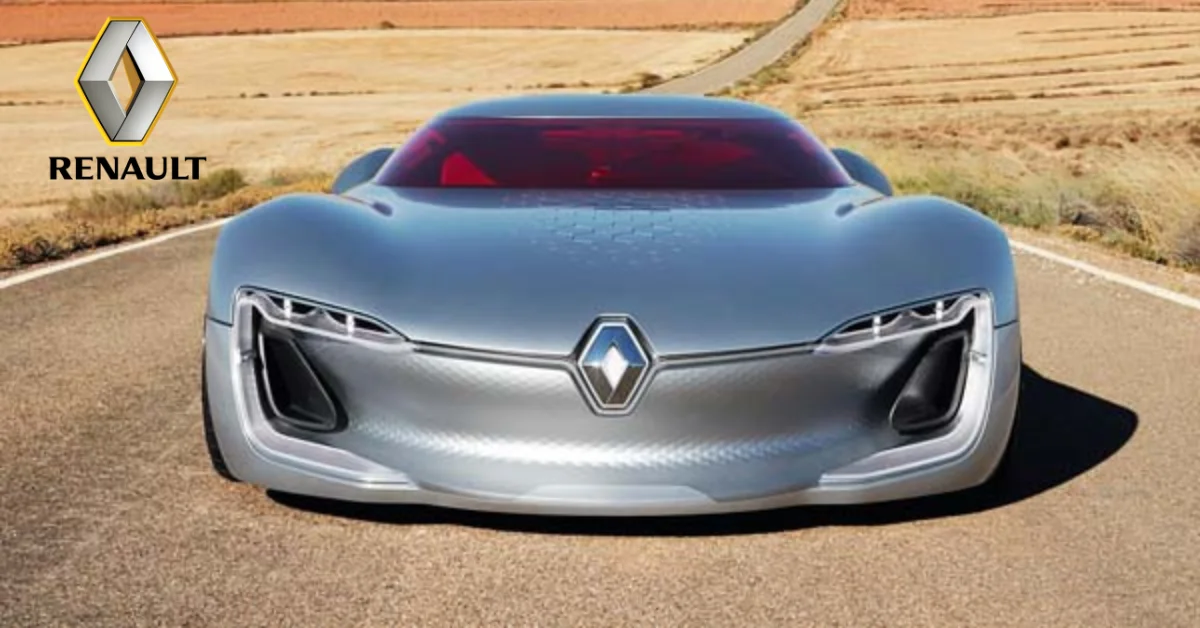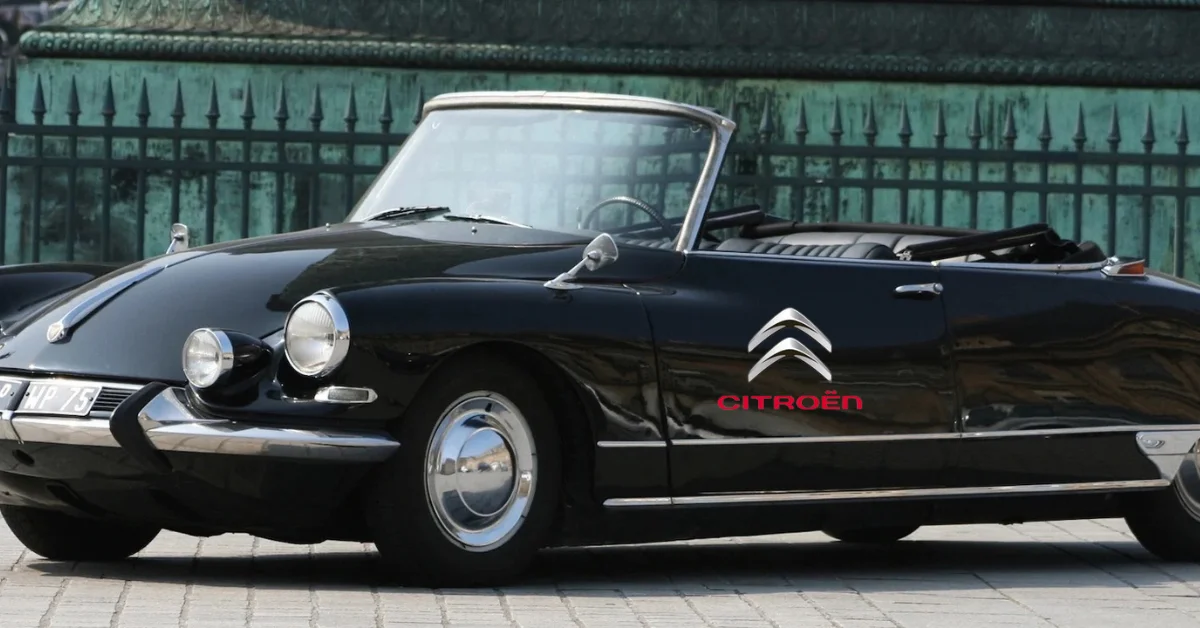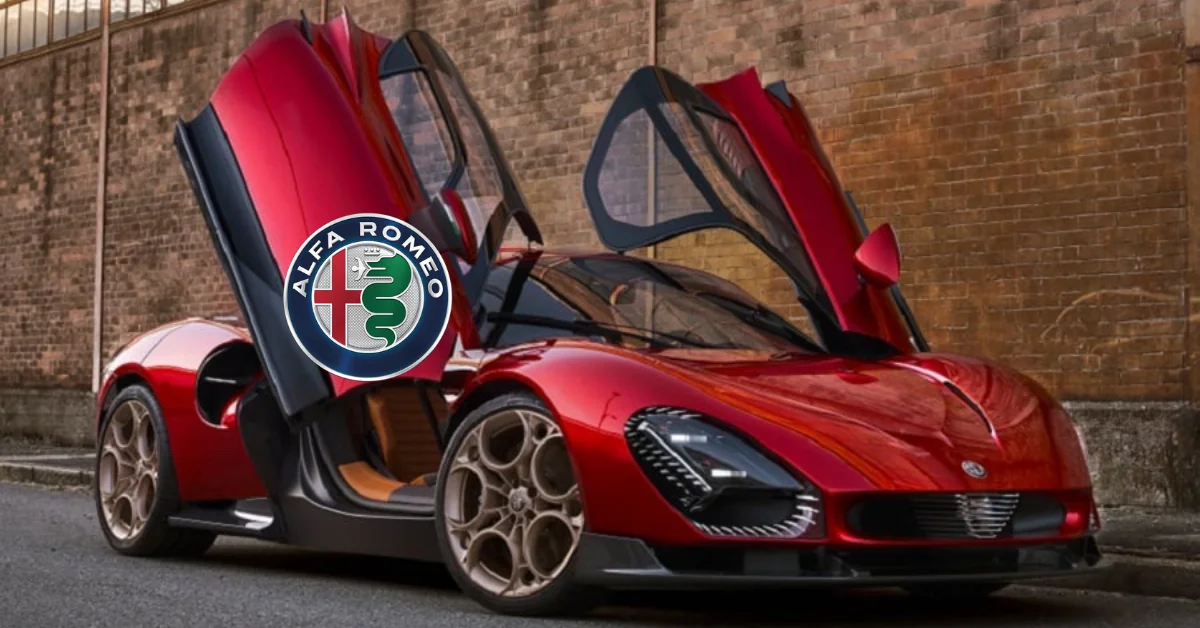Racing is an exhilarating and demanding sport that pushes both the car and the driver to their limits. A driver cooling system can significantly enhance performance and safety by keeping the driver calm and focused. You will go through the steps to install a driver cooling system in your race car, ensuring a comfortable and successful racing experience.
Why Install A Driver Cooling System?
The racing suits, helmets, and intense physical effort in a racing event can cause the driver to overheat, leading to fatigue, decreased concentration, and even heat-related illnesses. A driver cooling system regulates body temperature, helping drivers relax and maintain peak performance. So, you must know the cooling systems you might need in your race car and the installation process.
Pro Tip: Capital Exotic always promotes racing with proper precautions. They offer racing services in Washington, DC, Virginia, and Maryland, such as racing cars and Capex racing events.
Types Of Driver Cooling Systems
Explore air, water, and hybrid driver cooling systems to enhance comfort and performance in your race car.
1. Air Cooling Systems
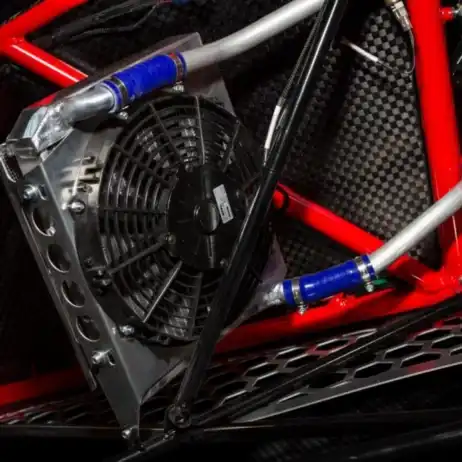
These systems use cooled air in the driver’s helmet and suit. They are lightweight, and easy to install a driver cooling system in your race car.
2. Water Cooling Systems
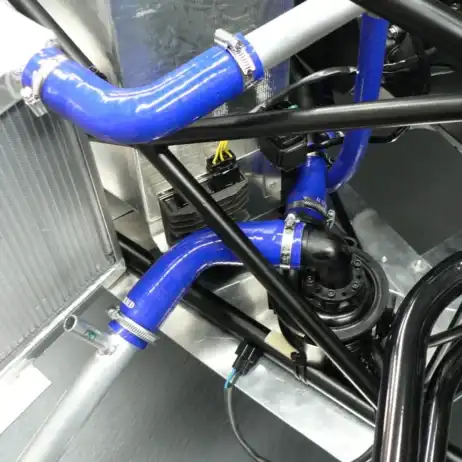
These systems circulate cool water through a vest worn by the driver. They are highly effective in extreme conditions but can be more complex to install.
3. Hybrid Systems
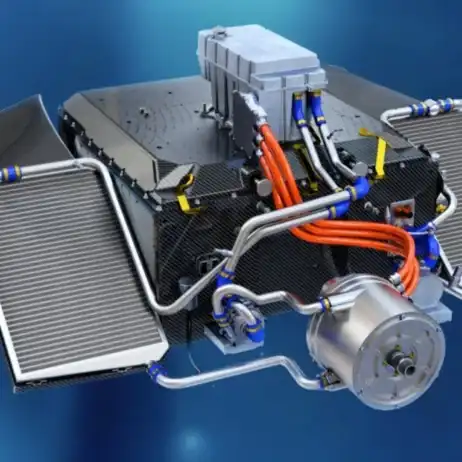
Hybrid systems combine elements of air and water cooling systems to offer superior cooling, but they are also more expensive and require more installation complexity.
Preparing For Installation
Gather tools, choose the right system, and read the manufacturer’s instructions guide to ensure a smooth installation.
1. Choose The Right System
When you install a driver cooling system, consider your racing environment, budget, and personal preference. Each type has pros and cons, so choose the one that best suits your needs.
2. Gather Necessary Tools and Materials
- Driver cooling system kit
- Screwdrivers
- Wrenches
- Drill and drill bits
- Mounting brackets
- Hoses and connectors
- Electrical wiring and connectors
- Zip ties and clamps
- Coolant or ice packs (for water systems)
3. Read the Manufacturer’s Instructions
Every cooling system comes with a detailed installation manual. Please read it thoroughly to understand your system’s requirements and steps.
Related Article: How Weather Affects Car Racing: Performance and Outcomes
Installation Steps
Follow these steps to install a driver cooling system in your race car.
Step 1: Prepare the Car Interior
Start by cleaning the area where you plan to install the cooling system. Remove any debris and ensure the surface is dry. Identify a suitable location for the cooling unit, usually in the passenger footwell or rear seat area, for easy access and optimal weight distribution.
Step 2: Install the Cooling Unit
- For Air Cooling Systems: Mount the cooling unit securely using brackets and screws. Ensure it is firmly in place to avoid movement during racing. Connect the air hoses to the unit and route them to the driver’s helmet and suit.
- For Water Cooling Systems: Attach the water reservoir and pump according to the manufacturer’s instructions. Connect the water hoses to the cooling vest and ensure no kinks or leaks in the connections.
Step 3: Electrical Connections
Most cooling systems require power from the car’s electrical system. Connect the cooling unit to the car battery or fuse box using the provided wiring harness. Ensure all connections are properly insulated to prevent electrical issues.
Step 4: Test the System
Before finalizing the installation, test the system to ensure it functions correctly. Turn on the cooling unit and check for proper airflow or water circulation. Adjust the settings correctly in your race car as needed to achieve optimal cooling.
Step 5: Finalize the Installation
Once satisfied with the system’s performance, tidy up the installation by securing all hoses and wires with zip ties and clamps. Ensure everything is neatly arranged and does not interfere with the driver’s movement or visibility.
Final Words
Racers should install a driver cooling system in their race car. As a racer, you should follow all the steps to enhance your performance and safety. Remember to choose the right system for your needs, follow the manufacturer’s instructions, and perform regular maintenance to keep your cooling system in top condition.
FAQs
1. Why should I install a driver cooling system in my race car?
To prevent overheating, reduce fatigue, and enhance focus for better performance and safety.
2. What types of driver cooling systems are available?
The driver cooling systems are air, water, and hybrid, which are necessary for your race car.
3. Which cooling system is best for extreme racing conditions?
Water cooling systems are the most effective for extreme conditions.
4. How do I choose the proper driver cooling system?
Consider your racing environment, budget, and personal preference.
5. What tools and materials do I need for installation?
The driver cooling system kit includes screwdrivers, wrenches, a drill, mounting brackets, hoses, electrical wiring, zip ties, clamps, and coolant or ice packs.

